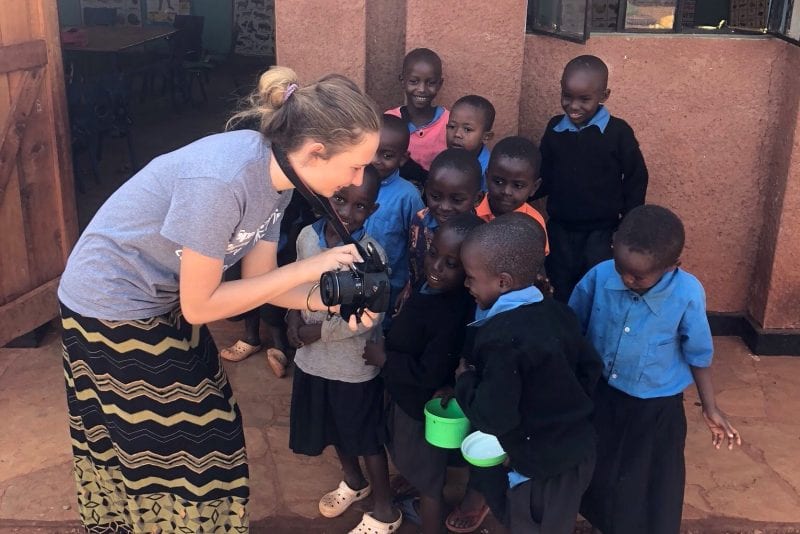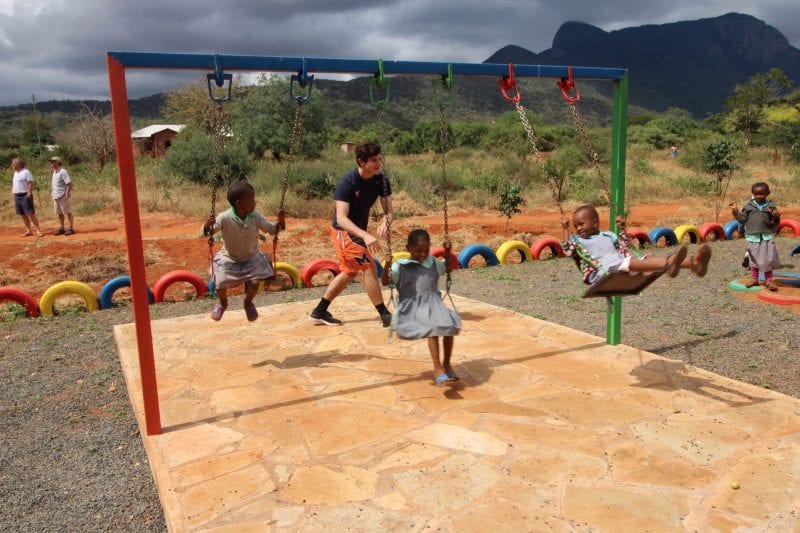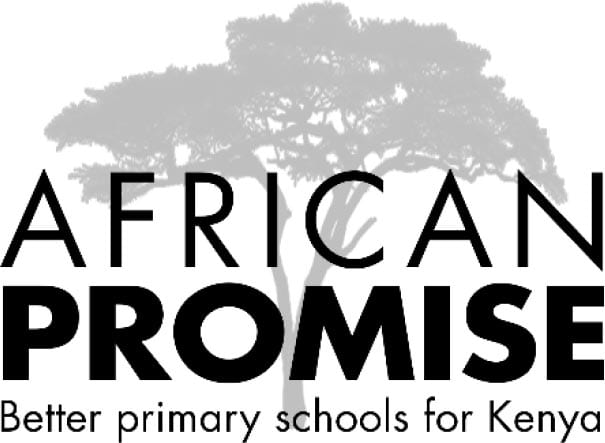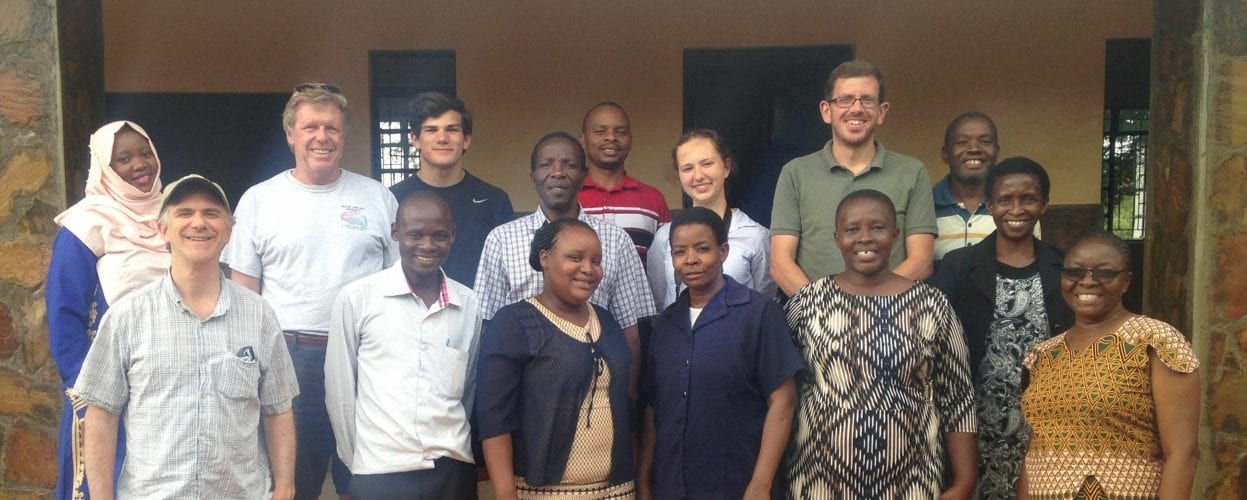Last month we were joined in Kenya for a few days by members of our US sister charity, Kids4Kenya. In this latest blog post, Astri Doub and Michael Ancel, both members of the kids committee, have written about their experiences visiting our schools for the first time.
*****
It’s so easy to say: there are children who don’t have access to food, water, or any sort of proper learning environment, and they need our help. Having spent many years of our lives working for Kids4Kenya, we wholeheartedly support African Promise and their mission, but it was impossible to fully appreciate the work they have done until we saw it first-hand. While we knew enough to feel passionate and to attempt to make others feel the same, there was something entirely different about being able to walk around the schools we have spent years trying to support.
Kids4Kenya is a US-based charity started in Baltimore, Maryland about ten years ago by African Promise founder Charles Coldman’s uncle, Peter Teuten, and his daughters. The goal of Kids4Kenya is to try to get students in the Baltimore area involved in raising money for African Promise, and it has raised over $40,000 for AP. We – Michael and Astri – have both worked with Kids4Kenya for all of high school and have spent years trying to show people how significant the money we raise is for these children. Throughout this time, we have learned about the major improvements made in AP’s partner schools, but last week, we got to see the work for ourselves!
Our journey started out with a three-hour drive from Baltimore to JFK airport in New York. From there, we had a fourteen-hour flight from JFK to Nairobi, and finally, we drove six hours from Nairobi to Kasigau, the location of AP’s headquarters in Kenya.
Our first morning in Kasigau, we went to visit Kiteghe Primary School, one of AP’s original partner schools, and we could immediately see the physical impact of AP: desks for each pupil, the feeding programme, and proper toilets; programmess which Kids4Kenya has used to promote the charity in our local meetings and fundraising events. However, for the first time, we understood how these tangible changes affected the members of the school community. There was a pride in the facilities and learning experience, and the students were opened up to all of the possibilities for their future. We arrived the day after students returned from regionals of a poetry recital competition, and a couple of students recited their poems for us. The teacher leading the programme told us that this trip was the first time many of the students had ever been to Voi, the nearest main town in the region only an hour away, and the trip gave them a glimpse into the vast opportunities in the world. While still touring Kiteghe, we discovered that if they qualified for nationals, there was no room in the school budget for the trip to Nakuru. Charles soon after promised the entire school that if they made it to nationals, he would ensure they would have the funds to go. Later that night, we got the news that the school moved on, and because of African Promise, the students are able to travel to Nakuru for the competition, an experience that most of these children would never have believed to be possible a day prior.
The next day we visited Ngambenyi, an AP partner school that was named a model school in the area. Like Kiteghe, the school was beautiful with trees and vegetation in the courtyard between buildings which minimized dust from the ground. Also, every class was fewer than twenty students. We sat in on a math class which was filled with the most polite primary school kids we have ever seen!

Astri with nursery pupils at Ngambenyi Primary

Michael with nursery pupils at Kiteghe Primary
Although seeing the work accomplished in Kiteghe and Ngambenyi showed us the positive impacts AP has had, it was not until we saw Mkamenyi that we truly appreciated the drastic change in quality brought along by AP’s work. Mkamenyi is AP’s eighth partner school, and they plan to begin a complete reconstruction of the school in the coming weeks. While visiting the school, we walked into a small classroom that had eighty-one students crammed in for class every day, even though the government maximum is supposed to be fifty-five students per classroom. Some students had to sit on the dirt floors, and many one-person desks seated four. Instead of windows, there is wire mesh which offers no protection from the weather outside, and many doorways lacked doors. We also watched as lunch was cooked for only those students who could bring in their own food; less than a quarter of them. The rest ate nothing during the school day. Touring Mkamenyi revealed the true difference AP was making in the region: taking environments that students simply cannot be expected to learn in and transforming them into a school that students and teachers are proud to be a part of.
The final school we visited was Kisimenyi, and after having seen Mkamenyi, we could pinpoint the differences. A parent and teacher at the school, Lucie, offered to give us a tour when we first arrived, and she told us about her experience there. Lucie is a single mother who transferred to the school to be close to her family in the area. She said that the school was the nicest place she had ever worked and she felt privileged that her son went there. Like the first two schools we visited, Kisimenyi has many newly created classrooms, staff quarters, a feeding programme, and green spaces, but most importantly, they have students eager to learn and teachers who have the resources to optimize the learning experience.
This trip not only showed us the world of difference which African Promise provides, but it also made us fully appreciate why AP is so unique. At every school we visited, Charles talked to the heads about what to do to make sure the schools remained in the best state they could be, whether that meant taking on a new project or just general upkeep. AP is helping to ensure that not only are the facilities built in the first place, but that the schools are maintained and ongoing programmes are put in place so that they can benefit students for many years to come.
*****
To find out more about the work of Kids4Kenya please visit www.kids4kenya.org.


